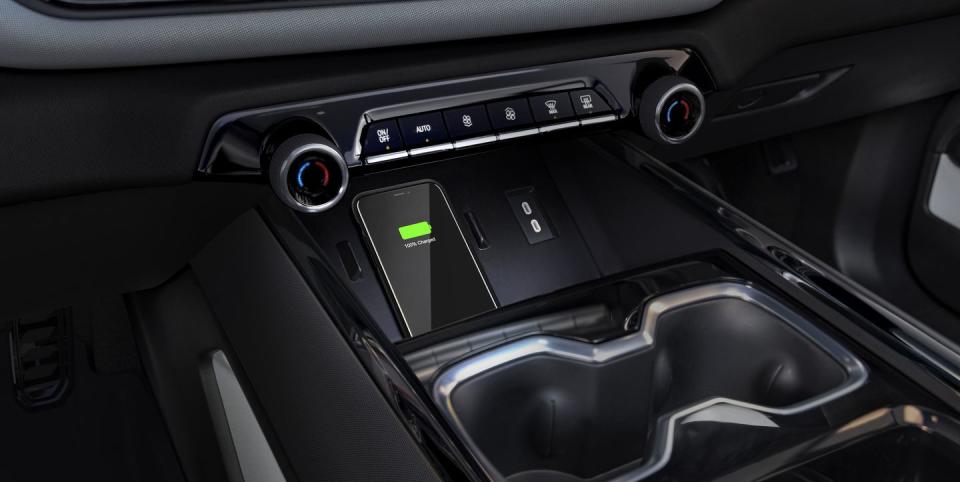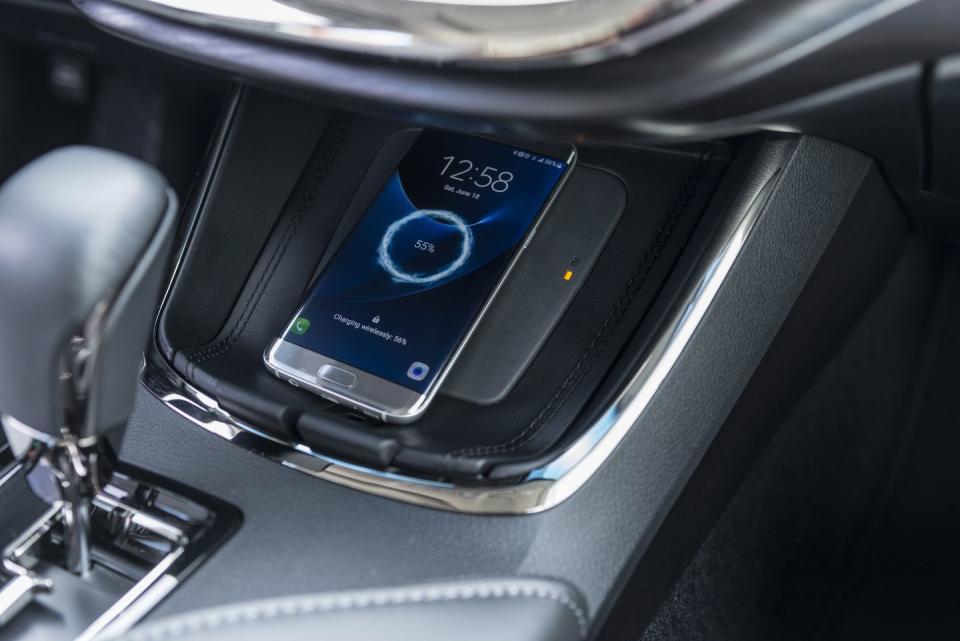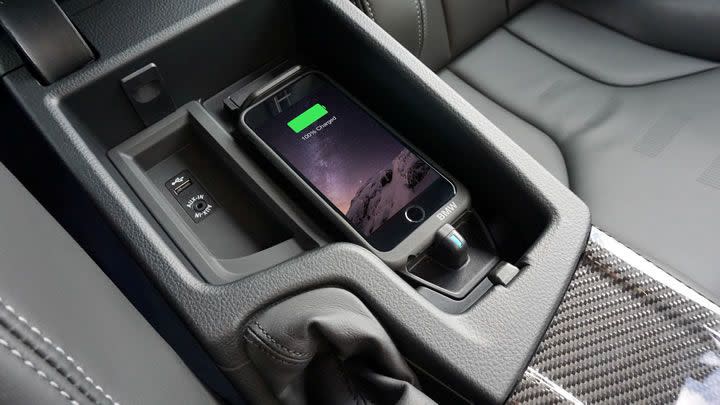Every In-Car Wireless Phone Charger Sucks

Automakers have run out of great ideas. Base-model commuter cars now come with power everything, Apple CarPlay, wifi, automatic emergency braking, and radar cruise control. Step up one grade and you'll get leather, a sunroof, heated seats, and a thousand little features you wouldn't get on a Mercedes 15 years ago. But the companies want you to pay up for the top trim, so they've started adding things that are completely unnecessary or, in the case of wireless phone charging, don't actually work.
At its core, the promise is simple, if questionable. A wireless charger saves you the indignity of having to plug in a cable. All it asks in return is for a few hundred dollars, a big chunk of your car's center console space, and for spot-perfect placement. Plus, you'll need to buy a car with the wireless version of Apple CarPlay or Android Auto, unless you want to use Bluetooth audio like some sort of peasant. Heaven forbid.
There are two main problems, however. The first is that it doesn't work. The second is that, even when it does, it doesn't.
Wireless charging is a mess in a stationary environment. Because there's no physical connection to secure, there's no clear way to know exactly where to put your phone. Get it right and there's a one-second delay as you wait for the phone to check your placement and begin charging. Get it wrong and you lift, re-align, and try again. If that happens, the time and convenience advantage of wireless charging evaporates. Since the invention of the reversible Lightning and USB-C charging cables, no quality wired charger has required a second attempt.

When I get the one on my desk to work, I know not to touch it for fear of upsetting the delicate connection. That's not possible in a car. The majority of factory wireless chargers are flat pads, sized to fit any phone and therefore incapable of effectively holding any one model. Forget canyon carving; A 30-mph onramp provides enough G-forces to sever the connection. Put anything else containing metal—like a wallet, some coins, or, imagine, your keys—and the pad will disable itself. After all, shooting large amounts of electricity into anything metal in the area isn't inherently safe. In 20 years, when the Qi standard is long gone, these rubberized pads will serve no utility beyond "fire hazard." Not that they're much better now.
Some companies have solved this with clever gripping devices. The new Prius has a slot mounted sideways alongside the gear lever, with movable plastic grippers like the ones in your cupholder. Drop it in, and the grippers center it. Finally, I thought, my quest is over. I dropped my phone in and... blink, blink, blink. Error code. No charging. Maybe it's because I had cracked the rear glass of my phone, maybe because it's in a (thin, wireless-safe) case. Either way, I eventually got it working, only to look down later and realize that the charger had disengaged from my phone. And because phones only make a noise when you put them on the charger, if charging fails you won't know until you arrive at your destination with an empty battery.


 Yahoo Autos
Yahoo Autos 